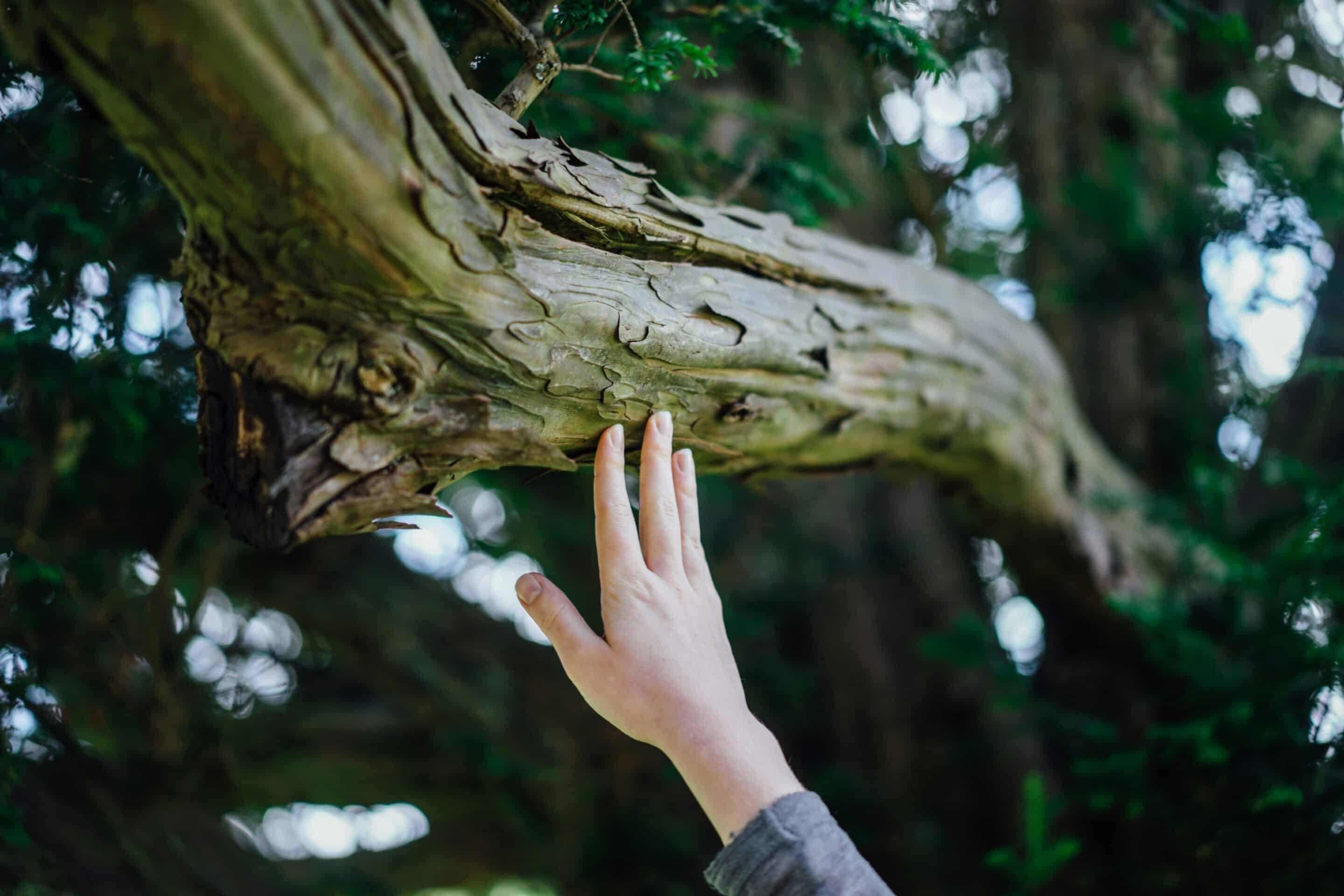Imagine a town where fruit trees are lining the streets. Bicycles instead of cars parked in front of stores. Community gardens in every vacant lot. The streets are full of laughter and people walk throughout.
Children and elders are gathered together outside. They are painting artwork at the intersections and crosswalks. Children attending class under trees. Teens are attending their trade of choice; learning to blacksmith, growing food, tending to animals, crafting tinctures and herbal blends, designing renders with a 3D printer, and much more.
Imagine a world where we source 90% of our resources and food locally. A world where we are no longer measured by our material gain but by how we engage with our community.
Alternatives to the Status Quo: Permaculture Communities and Ecovillages
This way of living is a reality throughout the world in places referred to as transition towns, intentional communities, and ecovillages.
These communities provide connection, purpose, and security. They sometimes provide income or necessities. Lastly, they use fewer resources, source much of their own food, and reuse many of their everyday items.
Rob Hopkins, the founder of Transition Towns, emphasizes the need to imagine our future to inspire our collective population to build this reality. He is one of many authors and thought leaders to encourage people to dream of new realities through harnessing fiction and imagination.
Octavia E. Butler is another exemplary author to lead people to new realities. In her well-known works, Parable of the Sower and Parable of the Talents, she leads people to imagine a dystopian future of calamity and hope where people live in a climate-distressed world, adapt by learning to live in communities, and source locally while fighting tyrannical governments. Her work inspires us to accept our current realities to have the strength to change them. In Parable of the Talents, she writes,
“To survive,
Let the past
Teach you–
Past customs,
Struggles,
Leaders and thinkers.
Let
These
Help you.
Let them inspire you,
Warn you,
Give you strength.
But beware:
God is Change.
Past is past.
What was
Cannot
Come again.
To survive,
know the past.
Let it touch you.
Then let
The past
Go.”
Distributing Equity for the Earth and Marginalized Peoples
When thinking about adapting to the changes in our environment I continue to wonder, “What is Earth Day really about?” For me, it is a reclamation of equal value for all peoples and beings. Tony Juniper’s book, What Has Nature Ever Done For Us, outlines how we can bring value to animals and plants throughout the world, looking beyond economical value and measuring value based on uses the plant brings to its environment, medicine, and more.
And yet, what does it look like to re-distribute equal value to all peoples? adrienne maree brown also introduces imagination as the answer, “Imagination is one of the spoils of colonization, which in many ways is claiming who gets to imagine the future for a given geography. Losing our imagination is a symptom of trauma. Reclaiming the right to dream the future, strengthening the muscle to imagine together as Black people, is a revolutionary decolonizing activity.”
Earth Day can be a reminder of what we need to do, encouraging us to remember and learn about those who have offered solutions and feel resilient in the current of change.
To conclude, here is a vision of our future within an excerpt from Social Forestry by Tomi Hazel Vaarde.
“We are trying to act as good stewards, and we praise the powerful feedback through animal spirits and dreams. Our Hunters-guild has learned much from Wolves—who are eminently social—in their relationships with prey. With taboos, etiquette, and cautionary tales, our springtime Human councils consider much and approach decisions and protocols with respect, humility, and hopefully wisdom.
The animal societies that we live closely with and work with are facilitated to hold generational range (youth and elders), language, ritual, and social arrangements. Many of the animal societies we share with are also enabled to work with other totemic species in multicultural swarms, doing land tending with us.
We Humans live in clan clusters, our homes. As we all belong to nature-based totem clans, we empathize with and notice coincidence and complexity. Many of our social arrangements are patterned and informed from careful observation of the immense wonder of being alive together, adapting to our Place in loopy relationships. Much art emerges; we learn to converse with Others; important help is rendered, with perfect timing, as we dance.”
What if every day was Earth Day? How would you choose to live?
Photo by Paul Rysz on Unsplash

